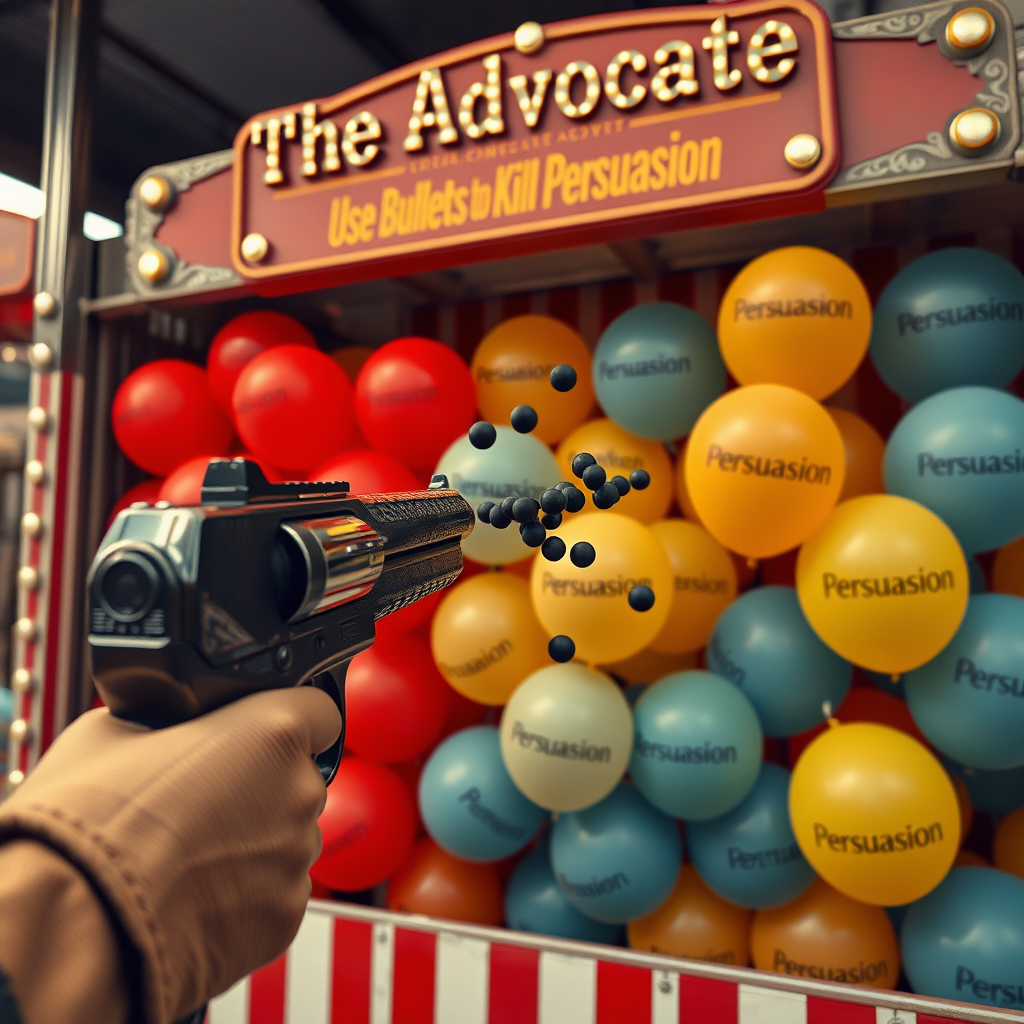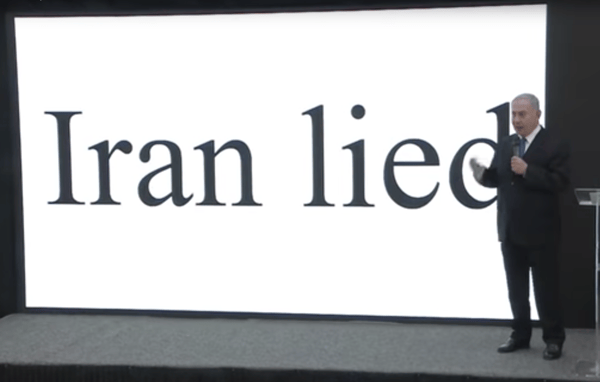Bullet points undermine persuasion. Scientific evidence supports this, and my colleagues and I have consistently emphasized this over the past 15 years in this blog through articles such as:
- 12 Reasons Bullet Points Are Bad (in Trial Graphics or Anywhere)
- The 12 Worst PowerPoint Mistakes Litigators Make
- Don't Use PowerPoint as a Crutch in Trial or Anywhere
- Why Reading Your Litigation PowerPoint Slides Hurts Jurors
- 5 Ways to Maximize Persuasion During Opening Statements - Part 4
- 12 Ways to SUCCESSFULLY Combine Oral and Visual Presentations
- Powerful PowerPoint Presentation Tips: Ditch the Bullet Points!
- Still Think Persuasion is About Talking While Showing Bullet Points?
- How Many Persuasion Errors Can You Spot in This Slide?
- 11 Lessons Trial Lawyers Can Learn From Jay Z's Lawyer Video Presentation
But wait, Ken, you just used bullet points in the opening paragraph of this article!!!
Yes, I did. Quite purposefully.
I want you to imagine reading that same list while I'm reading it to you almost simultaneously, but not perfectly synched with your reading.
Are you imagining trying to read faster than I was speaking? That's common—judges and jurors (or any audience) often try to outpace the speaker. You might have felt tempted to ignore what I'm saying and just focus on reading. Or, you might think, "I'm smart and can multitask by listening and reading simultaneously." Maybe so, but wouldn't it be better to choose either to read or to listen? This isn't about competing; it's about persuading effectively.
The issue here concerns trial lawyers who utilize bullet points on PowerPoint slides. You're familiar with the scenario. They glance at their slide as you read it, and then they read the bullet point aloud to you. This isn't a one-time occurrence. They might repeat this process hundreds of times throughout a single trial.
It's confusing, annoying, and frustrating for everyone, and none of that contributes to being persuasive.
The confusion that arises from simultaneously reading and hearing the same information is known as the split attention effect. When you consider it, it's easy to see that most people, when unsure whether to listen or read, tend to subconsciously ignore much of the content being presented.
Try reading along with this attorney (who won his case):
The first four bullets are manageable, but the denser ones are much more challenging. I'm not saying it's impossible—I can strain my mind to keep up—but I question why we subject judges and juries to such unnecessary mental strain. The science is clear and conclusive: presenting information this way is less persuasive than simply showing pictures of the accident and verbally explaining the details.
There is a better way.
As John Lennon famously sang, "Imagine all the people, living life in peace." If he had foreseen the widespread use of bullet points being read aloud to us, he might have added, ". . . Nothing to stifle persuasiveness. It's not difficult if you try." Admittedly, it doesn't quite have the same lyrical flow, but perhaps it will come to mind the next time you think of adding bullets to a PowerPoint presentation.
The bullet points on PowerPoint slides do not hinder persuasion; rather, the subsequent content and their use diminish effectiveness. Below, the litigation consultants at Persuadius offer five alternatives to bullet points and other suggestions for enhancing persuasion.
1. Do it more like a newscaster: Watch this clip from a local news weather report.
A few things to consider:
-
She avoids using bullet points (not because they alone hinder persuasion, but because they promote habits that do, and frankly, they are unattractive.)
-
She always faces the audience.
-
Rather than just reading each point, she uses each boxed topic as a foundation to elaborate further.
-
I would have liked it if she had visually introduced each point as she discussed it, making it clearer when to read it. However, this demands prior preparation to anticipate what's next, which is entirely feasible for a trial (see Practice is a Crucial Piece of the Storytelling Puzzle) but not for the rapidly changing local news.
-
Contrast these insights with the attorney-presenter featured in the video earlier in this article.
-
Check out some of our related articles. 10 Things Litigators Can Learn From Newscasters
2. Storytelling: We talk a lot about this topic. We've produced free webinars, articles, and books about persuasive storytelling. This article, Still Think Persuasion is About Talking While Showing Bullet Points?, is precisely on point.
Typically, if you're concentrating on storytelling for persuasion, you won't rely on bullet points. Instead, you'll use photos and imagery to reinforce your message rather than reiterate it. For this reason, I appreciate Mark Lanier's approach in the talc cases. He gets it right, and it pays off for him.
We've experienced similar success in the 10,000+ cases that our litigation consultants have worked on. For example see $300 Million of Litigation Consulting and Storytelling Validation. It's one of many successful results, but I worked on it, and Williams & Connolly is a favorite client of mine.
3. Let them read first:
This concept is simple to grasp but challenging to implement. Perhaps it's just me, but I find it quite uncomfortable to display a slide, ask a jury to read it, and then remain silent.
What I find more manageable is strategically turning off the screen, indicating that the judge or jury should focus on what I'm saying. This is an excellent and effective way to command the room. See The Best Ways to Pause PowerPoint to Enhance Connection with Judges and Juries.
4. Try a one-word or two-word slide: I know of no better example of this technique than this 2018 presentation from Benjamin Netanyahu.
I wrote an article called Netanyahu Persuades and Presents Better Than Most Trial Lawyers. Love or hate him, it's a master class in persuasive presentations, storytelling, and information design. I'll add the video here, which is also in the linked article.
Often, the simple act of moving most of the bullet point content to the speaker's notes section can radically improve persuasion and overall presentation performance. This video, which is less than one minute long, explains exactly how to do that.
For everyone's benefit, please make use of the speaker's notes. If your lead litigator is struggling with this, consider hiring us, as it's one of our initial recommendations. If you need assistance integrating these concepts into your trial presentation, reach out to us. We operate both nationally and internationally. Here's the Persuadius contact us page.
5. Boxes: Ultimately, if nothing else works, replace bullet points with boxes. Are boxes significantly better than bullets? Not exactly. However, they serve as a useful reminder to keep your slide content concise. Trust me, fewer words lead to greater persuasion. Would you prefer a judge or jury to focus on reading your slide or listening to what you're saying? Ideally, it should be the latter. Here's an example of how you could be thinking visually.

The artists at Persuadius might be surprised to see that I created my own example. While it may not meet our usual standards, it effectively illustrates the point. In just 15 minutes, I transformed bullet points that hinder persuasion into boxes that enhance it, loading one at a time to prevent overwhelming the audience.
I'm thrilled with this article as it effectively encapsulates what I've advocated for the past thirty years. Essentially, you or your litigation consultants can transition from using bullet points that hinder persuasion to creating a compelling PowerPoint presentation. We achieve this by utilizing scientific principles, persuasion techniques, storytelling methods, information design, and common sense. We are eager to assist you and your team in outmaneuvering your opponents, who will likely rely on bullet points, ensuring you have the upper hand.







Leave a Comment